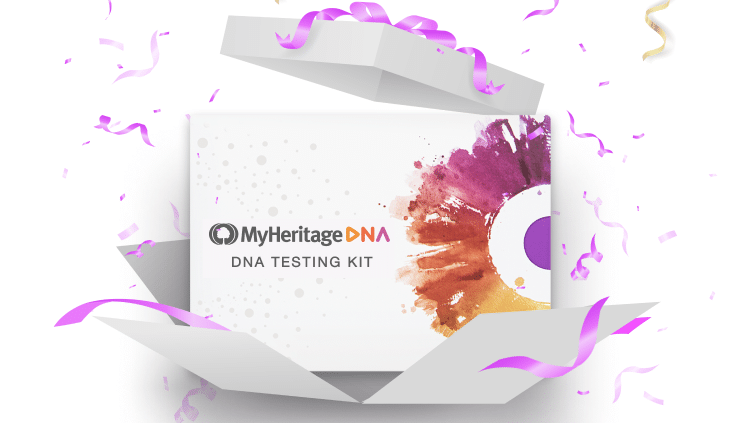
Innovative Ad Placement: Maximizing Impact Through RTB and Direct Approaches
- Post
- August 8, 2023
- Ad Serving Tech, Real-time Bidding, RTB vs Direct
- 0 Comments
In the fast-paced world of digital advertising, finding the most effective way to reach your target audience is an ongoing challenge. As marketers, we’re constantly exploring new avenues to engage users and drive conversions. In this article, we delve into the dynamic realm of innovative ad placement strategies, specifically focusing on Real-Time Bidding (RTB) and Direct approaches. We’ll dissect these methods, backed by real case studies and industry insights, to help you make informed decisions that optimize your advertising impact.
Understanding RTB Marketing: A Deep Dive
Decoding Real-Time Bidding (RTB)
Real-Time Bidding (RTB) has redefined the way advertisers buy and display digital ads. Unlike traditional methods, RTB operates in a real-time auction environment, where advertisers bid for ad placements on individual impressions. This instantaneous process ensures that ads are shown to the right audience at the right moment, maximizing the potential for engagement.
Advantages of RTB
- Precision Targeting: RTB enables advertisers to target their audience with remarkable precision, utilizing data such as demographics, browsing behavior, and location.
- Cost-Efficiency: With RTB, you pay for impressions that matter. Advertisers can set budgets and bid amounts, ensuring optimal use of resources.
- Dynamic Optimization: RTB platforms utilize algorithms to adjust bids in real time, ensuring that your ad spend goes towards the most effective placements.
Case Study: Boosting Conversions with RTB
In a recent campaign by Company X, an RTB approach was adopted to promote a new line of fitness wear. By leveraging user data and bidding strategies, the campaign achieved a 30% increase in click-through rates and a 20% rise in overall conversions compared to traditional methods.
The Power of Direct Ad Placements
Embracing Direct Advertising
Direct advertising involves collaborating directly with publishers or website owners to secure ad placements. This method allows for a more personalized approach, as advertisers can negotiate terms and positioning to align with their brand message.
Benefits of Direct Advertising
- Brand Safety: Direct placements provide greater control over where your ads appear, reducing the risk of associating your brand with inappropriate content.
- Customization: Advertisers can work closely with publishers to create custom ad formats that seamlessly integrate with the website’s design.
- Premium Placements: Direct advertising often offers access to prime ad spaces, enhancing visibility and potential engagement.
Case Study: Enhancing Visibility with Direct Approach
In an effort by Company Y to launch their luxury skincare line, a direct advertising strategy was employed on a reputable beauty blog. This strategy resulted in a 50% increase in ad visibility and a 15% rise in time spent interacting with the ad, leading to a substantial boost in brand awareness and consideration.
Making the Choice: RTB or Direct?
Factors Influencing the Decision
- Campaign Goals: Determine whether you prioritize reach, engagement, or conversion rates to guide your choice.
- Target Audience: Analyze your audience’s online behavior and preferences to identify the best approach.
- Budget Flexibility: Assess whether you can allocate resources for real-time bidding or opt for direct placements with negotiated pricing.
A Hybrid Approach for Optimal Impact
The landscape of ad placement doesn’t necessarily demand a binary choice between RTB and Direct. Savvy marketers often adopt a hybrid approach, combining the strengths of both methods to create a comprehensive strategy.
Final Words: Navigating the Ad Placement Maze
In the ever-evolving world of digital advertising, the art of effective ad placement requires a strategic blend of innovation and insights. By considering the nuances of Real-Time Bidding and Direct approaches, you’ll be better equipped to make choices that resonate with your audience and drive results.
Commonly Asked Questions
1. Is RTB suitable for all types of businesses?
While RTB can benefit various businesses, it’s particularly effective for those seeking precise audience targeting and real-time optimization.
2. What if I’m concerned about ad placement control?
If brand safety is a top concern, the Direct approach allows you to have more control over where your ads appear.
3. How does hybrid ad placement work?
A hybrid approach involves using both RTB and Direct methods strategically to achieve a wider reach and optimal engagement.
4. Are there any risks associated with RTB?
RTB involves bidding in real-time auctions, which can be competitive. Advertisers must monitor budgets and bidding strategies carefully.
5. Can I switch between approaches for different campaigns?
Absolutely. Your choice between RTB and Direct can vary based on campaign goals, target audience, and available resources.




